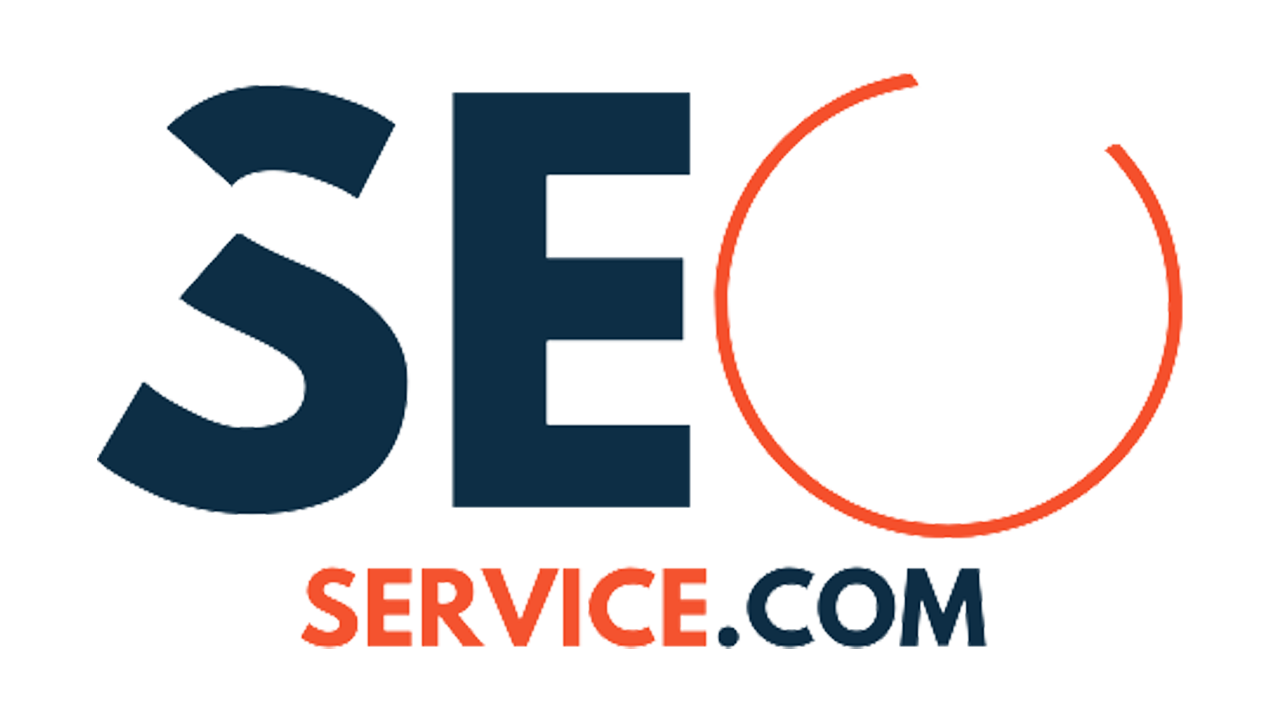In today’s digital age, having a strong online presence is crucial for any business or website, and one way to improve your online visibility is through the use of Schema Markup. But what is schema markup, and how can it help improve your SEO? This technique enhances your website’s rich snippets, which can lead to better search engine rankings and increased click-through rates.
Schema Markup is a form of structured data that helps search engines better understand the content on your website by adding specific tags to your HTML code and help search engines with more detailed information about your content, making it easier for them to index and display it in search results.
Using Schema Markup can have a significant impact on your SEO and improve the way search engines interpret and display your content so you can lead to higher click-through rates, increased visibility, and ultimately, more traffic to your website.
In this blog post, we’ll explore the basics of Schema Markup, how it works, and how you can use it to improve your SEO so sit back, grab a cup of coffee, and let’s dive into the world of Schema Markup!
What Is Schema Markup?

Schema Markup is a form of structured data that helps search engines understand your website content by adding specific tags to your HTML code and when search engines recognize the schema markups on your web pages, they serve rich results or snippets to rank your website in the SERPs.
Do you know that Schema represents Structure Data and organizes your webpage content so Google and other search engines can easily understand the information you want to convey to your customers.
Suppose you have a blog about the “Cooking Recipes” and you want to rank for all your cooking recipes or want your website in the first page of the SEPRs whenever someone searches for the Best Cooking Recipe or other keywords like that, Schema Markup is the way to go.
No matter which niche you choose or what type of website you have, if your schema markup is good, the chances of your ranking will boost and your website will itself grow and build a strong authority in all search engines.
Types Of Schema Markup

Schema Markup isn’t English or any other modern day human language but it is a code which all major search engines like Google and Microsoft Edge can easily understand so they can show the users the best possible results which the people are searching for.
Suppose you have DIY blog where you tell your target customers how they can repair most of their ordinary electronics and home accessories themselves, now whenever the Google will search for the “DIY” topic your website will show up in the top 10 results but this will happen only when you have used a good schema markup.
There are various types of Schema Markup, including Articles, Ebooks, Recipes, and more, which help search engines provide rich results for specific content types. Do you know that Google can easily understand 32 types of Schemas.
- Articles
- Ebooks
- Carousel
- Course
- Event
- Q&A
- FAQ
- Images & Videos
- Movies
- Recipes
- Home Activities
- How-to & Listicles
Why Is Schema Markup Important For SEO?
Do you ever wonder why your website isn’t ranking on the first page of Google despite all your efforts of creating high quality content & backlinks which adds value & fulfill all the search intents of the keywords you’re ranking for?
This might sound crazy, but understanding what is schema markup is crucial as it is one of the important Google Ranking Factors which most SEOs neglect or don’t even consider when they do SEO of a website. While Schema can directly communicate with Google about what type of information it has, it also has the power to improve your website ranking and help the searchers find what they’re looking for.
Schema Markup is crucial for SEO as it communicates directly with search engines about your content type, improving website ranking and search relevancy.
A website without schema shows nothing but the title and description of the web page in the SERPs. Using Schema Markup improves SEO by helping search engines interpret and display your content more effectively, leading to higher click-through rates and increased traffic.

